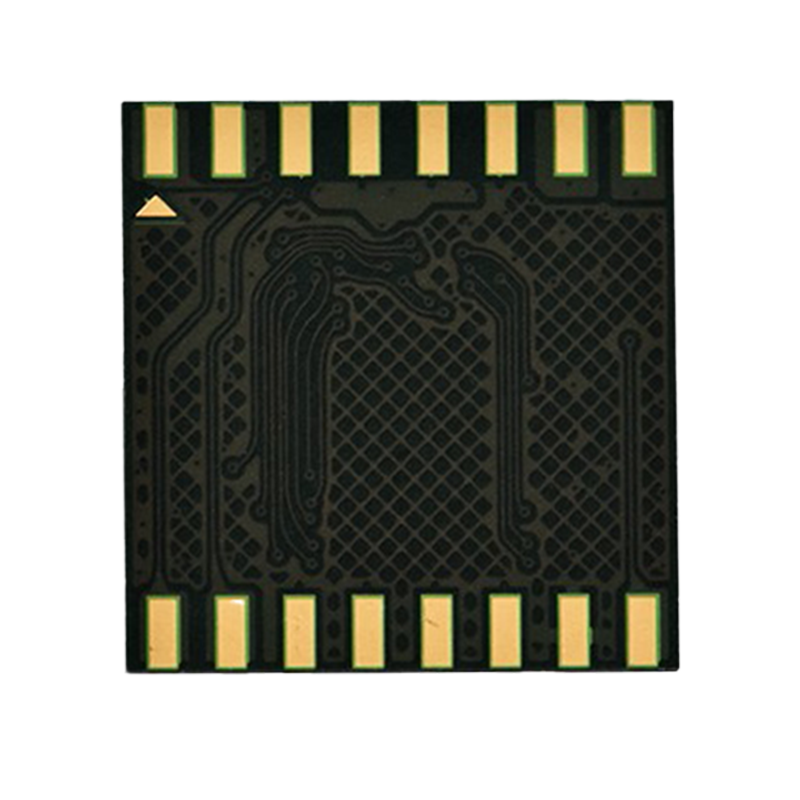An M.2 PCIe SSD can outperform a SATA SSD in theoretical races. Most new M.2 slots support four PCIe 3.0 lanes, which can deliver a maximum transfer speed of 3.94GB/s. A PCIe x16 drive can achieve up to 256GB/s, which is significantly higher than a M.2 PCIe SSD. However, the performance of an M.2 PCIe SSD depends on the model you choose.
The NVMe protocol allows SSDs to access DRAM on the PC instead of using the traditional SATA interface. This feature increases IOPS and PCIe SSD speed. NVMe SSDs use the PCIe bus rather than the traditional SATA interface. SSDs with this technology have a host memory buffer that lets them use the PC's DRAM instead of the SSD's cache. The GIGABYTE M.2 PCIe SSD delivers superior performance for most daily computing tasks. The combination of its controller and NAND flash results in a sequential read and write speed of 1550MB/s and 850MB/s, which makes it far faster than the 2.5" SATA solid state drive.
M.2 SSD modules are plugged into circuit boards through sockets. Each type has different keys. "B key" supports two PCIe lanes, while the "M" key supports four PCIe lanes. An M key socket is the most common type, though some motherboards support both. The M key socket supports up to four PCIe lanes, and most M Key sockets support both B+M keys.
This card uses a high-speed ASM2824 switch to connect two M.2 PCIe SSDs. This card allows access to two drives, one at a time. By using software RAID, the two drives can be accessed at the same time. The dual card also allows for a RAID array without needing additional hardware. Additionally, the dual M.2 PCIe SSD adapter supports NVMe and AHCI.
The M.2 PCIe SSD is an excellent choice for running operating systems. This type of drive is comparatively faster than SATA SSDs and USB flash drives. Ensure that you have a PCIe slot before you purchase an M.2 PCIe NVMe SSD. It is also recommended to backup important profiles and data. If you decide to buy a M.2 PCIe SSD, make sure you buy the bigger one first.
M.2 PCIe SSDs are available in single and double-sided configurations. The single-sided type is suited for ultra-thin laptops. The double-sided version has more storage capacity, but uses more space. Both types of M.2 devices have notches on one end that serve as connectors. M.2 modules are rectangular and have an edge connector with 75 positions and 67 pins. Each pin is rated for 50 volts.
Choosing the right interface for your SSD is essential, as both PCIe and SATA are compatible with one another. Check your computer's specifications to see which interface is compatible. Crucial Advisor and System Scanner can help you find compatible parts. You should also consider buying a second PCIe SSD if your computer has a PCIe slot. This type of SSD will deliver much faster read and write speeds than an M.2 SSD.


 EN
EN CN
CN ES
ES RU
RU








